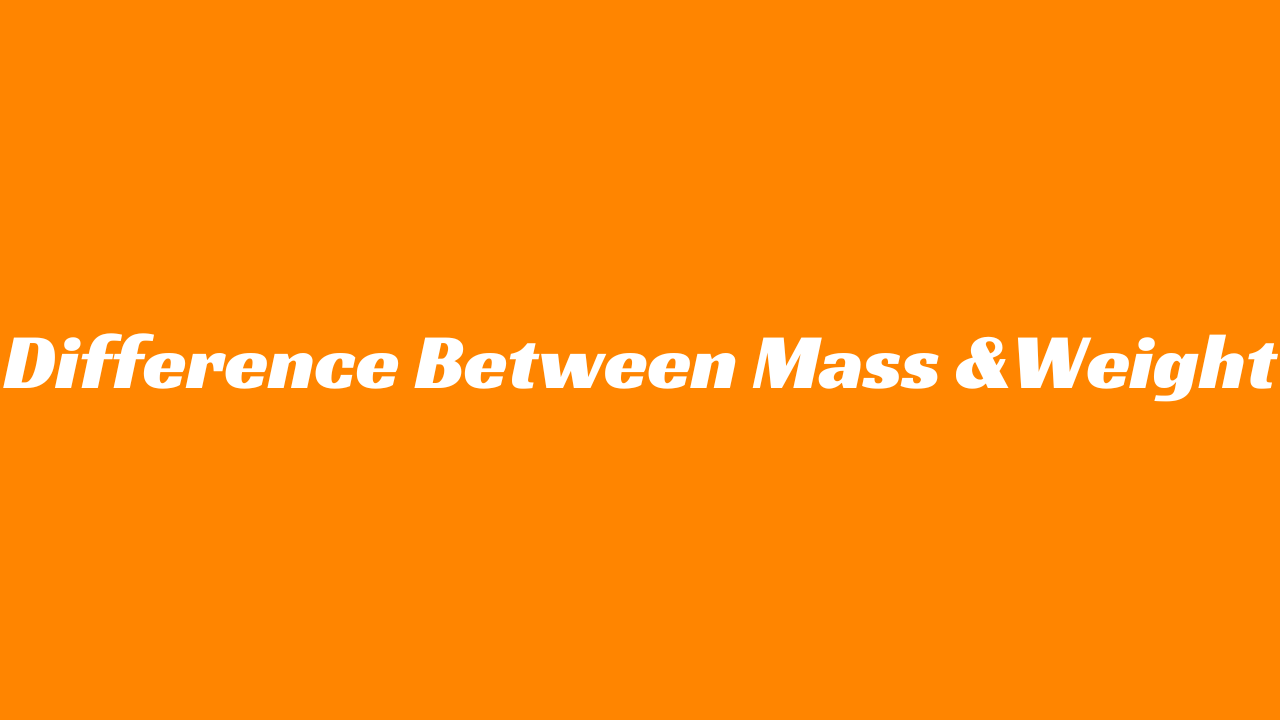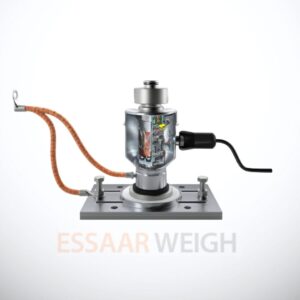Understanding the Difference Between Mass and Weight: A Guide by Essar Weigh
If there is one debate going on for a long time in the scientific community, it is about the difference between mass and weight. The fact is that both the words can be used interchangeably but technically speaking, they are not the same. Probably, on planet Earth, the difference between them is not as significant as it is related to the gravitational force. Technically speaking mass is the measure of the matter that is present in the material.
Also Read Us: Top 10 Weighbridge Manufacturers in India
When it comes to measuring objects, two terms are often used interchangeably, but they refer to different concepts—mass and weight. While both are important in fields like physics, engineering, and manufacturing, understanding their difference can significantly impact how measurements are made. At Essar Weigh, we specialize in manufacturing high-quality weighbridges, a tool that plays a vital role in accurately measuring weight. But before diving into how our products are used, let’s first explore the key differences between mass and weight.
What is Mass?
Mass is a fundamental property of matter. It refers to the amount of matter an object contains. The mass of an object remains constant regardless of its location. All objects are made of neutrons, protons and electrons, and if, hypothetically speaking, all of them could be measured and added, the mass of an object could be obtained. It denoted how much stuff is present in an object. The most common units that are used to represent mass are grams and kilograms. For example, a 10 kg block of metal on Earth will have the same mass on the moon or in space. Mass is typically measured in kilograms (kg), grams (g), or other units like pounds (lb), depending on the system of measurement used.
Mass is a scalar quantity, meaning it only has magnitude, not direction. It is intrinsic to the object and does not change unless matter is added or removed. For this reason, measuring mass is usually done on a balance, which compares an object to a known reference.
What is Weight?
Gravitational interaction occurs between objects that have mass. The force of an object interacting with the earth is known as weight. Weight, on the other hand, is the force exerted on an object due to gravity. Unlike mass, weight can vary depending on the gravitational force acting on the object. For example, the same 10 kg block of metal would weigh less on the moon because the moon’s gravity is weaker than Earth’s. On Earth, the weight of an object can be calculated using the formula:
Weight=Mass×Gravitational Force (g)\text{Weight} = \text{Mass} \times \text{Gravitational Force (g)}Weight=Mass×Gravitational Force (g)
Where gravitational force (g) is approximately 9.8 m/s² on Earth. Weight is typically measured in newtons (N), which is a unit of force.
Weight = Mass x Gravity
If an object’s mass remains constant, then the only variable in the equation is gravity. Gravity varies between planets, on earth it is 9.81m/s2 but on the moon it is around 1/6 of this at 1.64m/s2.
Unlike mass, weight is a vector quantity—it has both magnitude and direction, as the force is directed toward the center of the Earth (or whichever celestial body the object is near). This is why a person weighs less at the equator than at the poles, due to Earth’s shape and varying gravitational pull.
Mass vs. Weight: Key Differences
- Definition:
- Mass is the amount of matter in an object.
- Weight is the force exerted on an object due to gravity.
- Dependence:
- Mass does not change with location; it is constant everywhere in the universe.
- Weight changes based on the gravitational force acting on an object (e.g., weight on Earth vs. the moon).
- Measurement Tools:
- Mass is measured using a balance.
- Weight is measured using a scale, which calculates the force of gravity acting on an object.
- Units:
- Mass is measured in kilograms (kg), grams (g), etc.
- Weight is measured in newtons (N) or pounds (lbs) in the imperial system.
Difference Between Mass and Weight
| Aspect | Mass | Weight |
| Definition | Amount of matter in an object | Force exerted due to gravity |
| Dependence | Constant everywhere (does not change based on location) | Depends on gravity (varies by location) |
| Measurement Tool | Balance (compares to a known reference) | Scale (measures force of gravity) |
| Units | Kilograms (kg), Grams (g) | Newtons (N), Pounds (lbs) |
| Quantity Type | Scalar (only magnitude) | Vector (magnitude and direction) |
Weighbridges: The Perfect Tool for Measuring Weight
At Essar Weigh, we understand the importance of accurate weight measurement, especially for heavy-duty applications. We specialize in manufacturing weighbridges—large, robust systems designed to weigh trucks, containers, and other large objects. These weighbridges measure weight, not mass, which is crucial for industries like logistics, construction, and transportation.
Our weighbridges are built to withstand harsh environments and provide precise, reliable weight measurements, ensuring that your operations run smoothly and comply with regulations. Whether you are weighing vehicles for shipping or bulk material for industrial processes, EssarWeigh’s weighbridges offer cutting-edge technology to measure weight accurately. We are leading weighbridge manufacturer and Electronic weighbridge manufacturer in the market.
Why Choose Essar Weigh for Your Weighing Needs?
- Precision: Our weighbridges are engineered for high accuracy, ensuring that you get precise weight measurements every time.
- Durability: Built with robust materials, EssarWeigh weighbridges are designed for heavy-duty use in tough environments.
- Advanced Technology: We incorporate the latest technology in our weighbridges to provide real-time data and easy integration with your existing systems.
- Custom Solutions: We offer tailored solutions to meet the specific needs of your business, ensuring you get the perfect weighbridge for your requirements.
Conclusion
In summary, while mass and weight are closely related, they are distinct concepts. Mass remains constant regardless of location, while weight varies depending on the gravitational force acting on an object. At Essar Weigh, we provide precision weighbridges that are perfect for accurately measuring the weight of large objects, helping you ensure that your business operations run efficiently. Whether you need to weigh trucks, containers, or industrial materials, Essar Weigh is your trusted partner for high-quality, durable weighing solutions.





